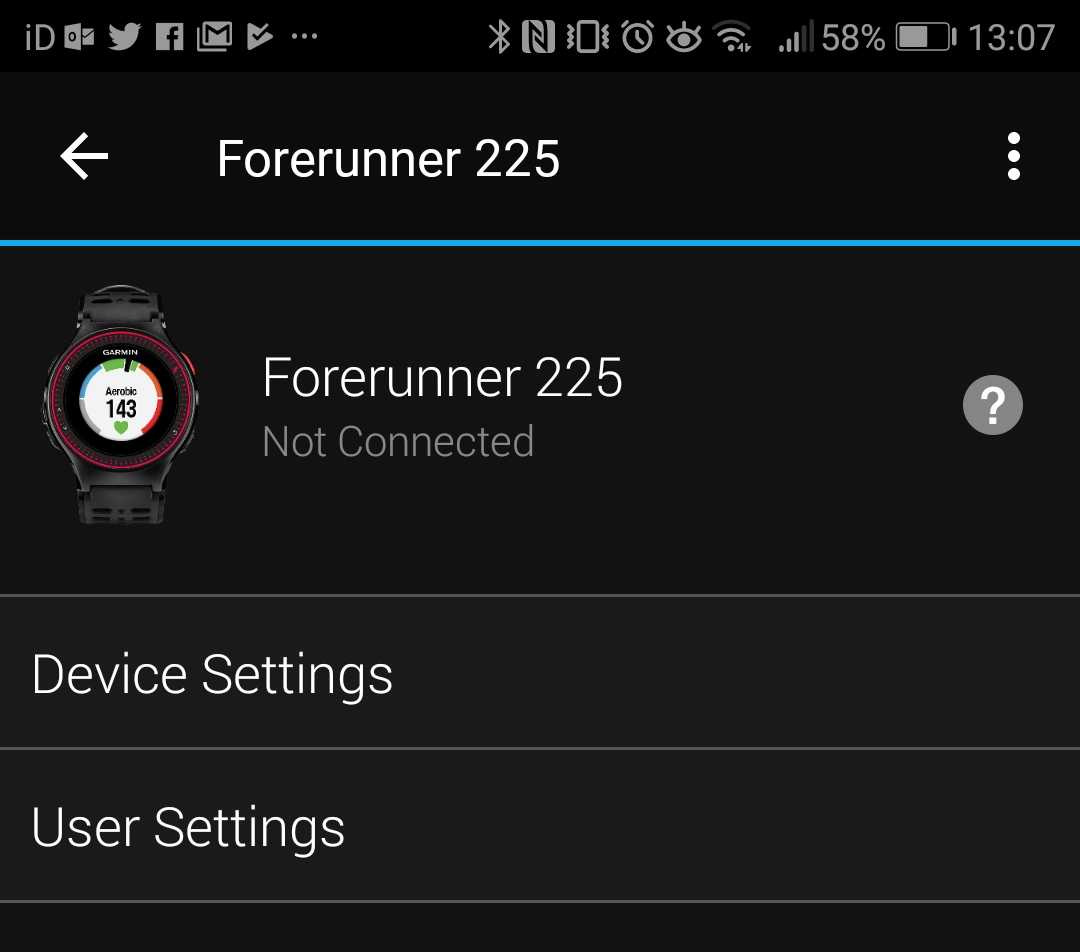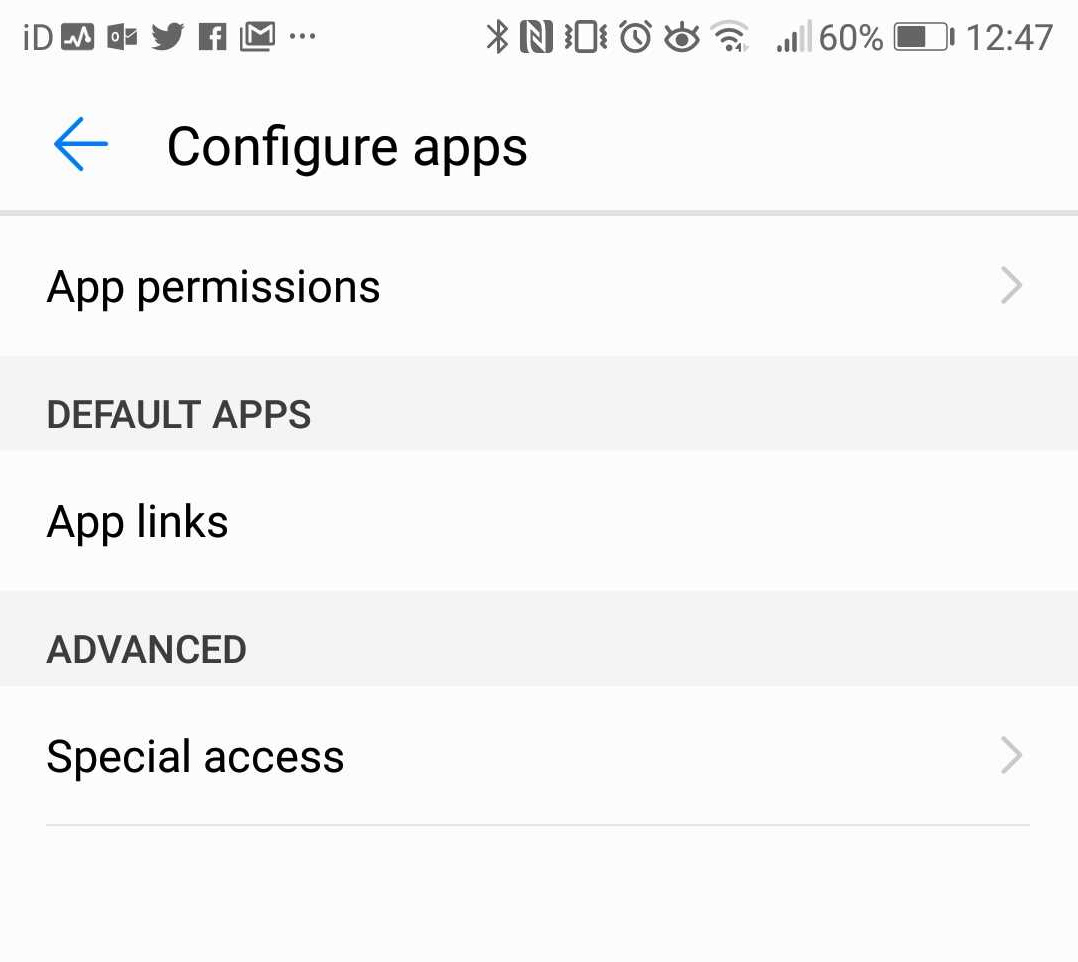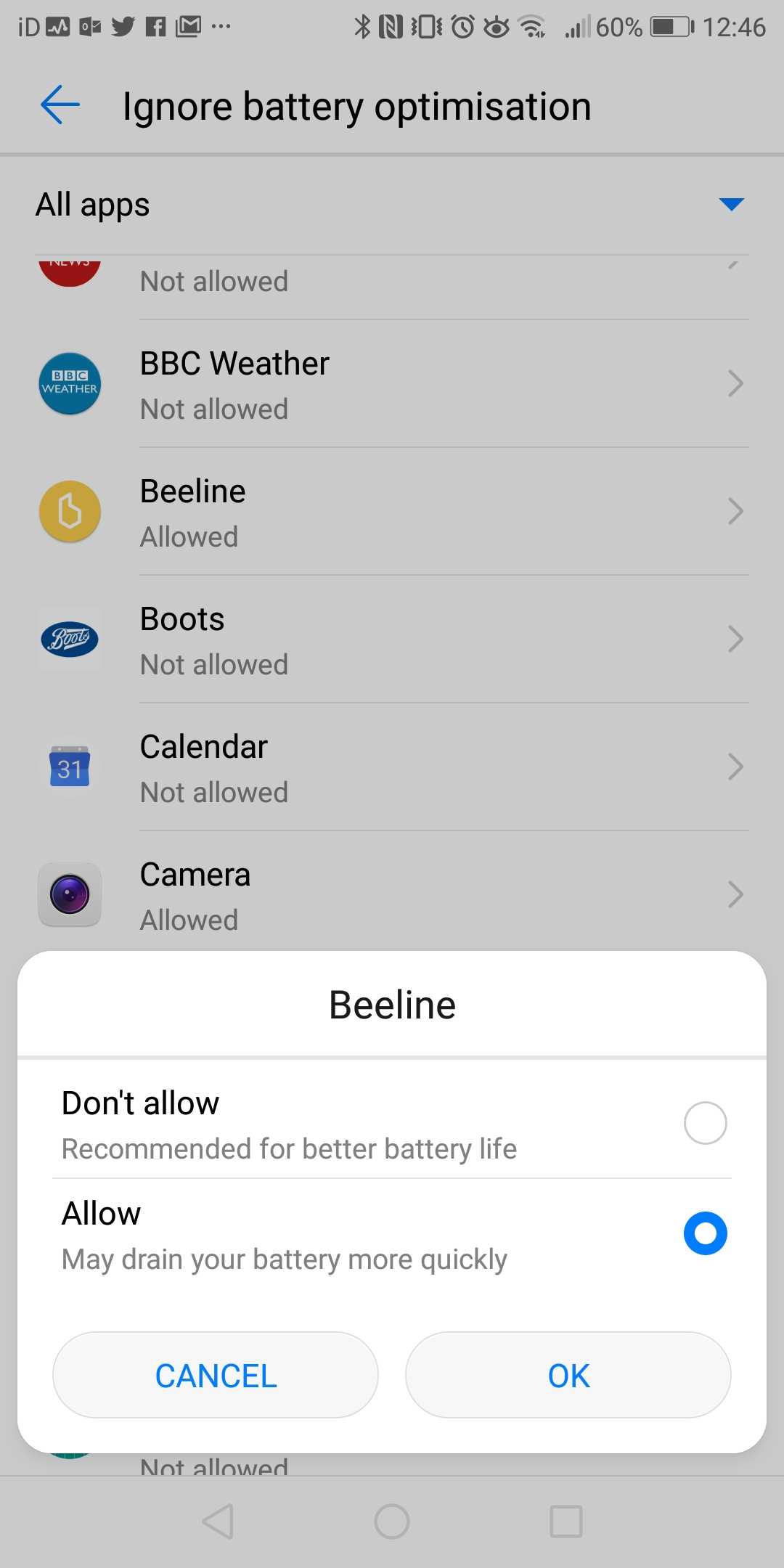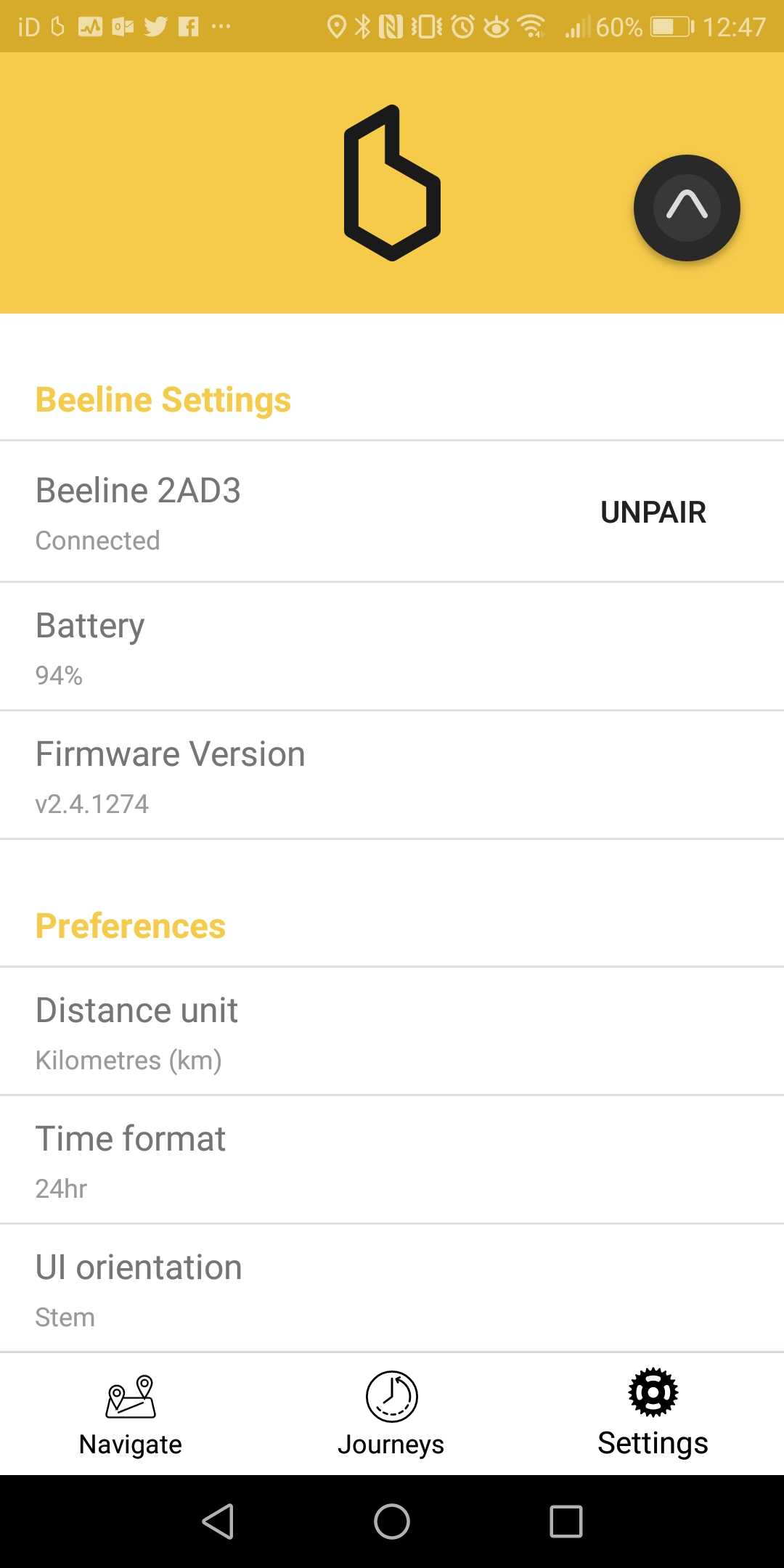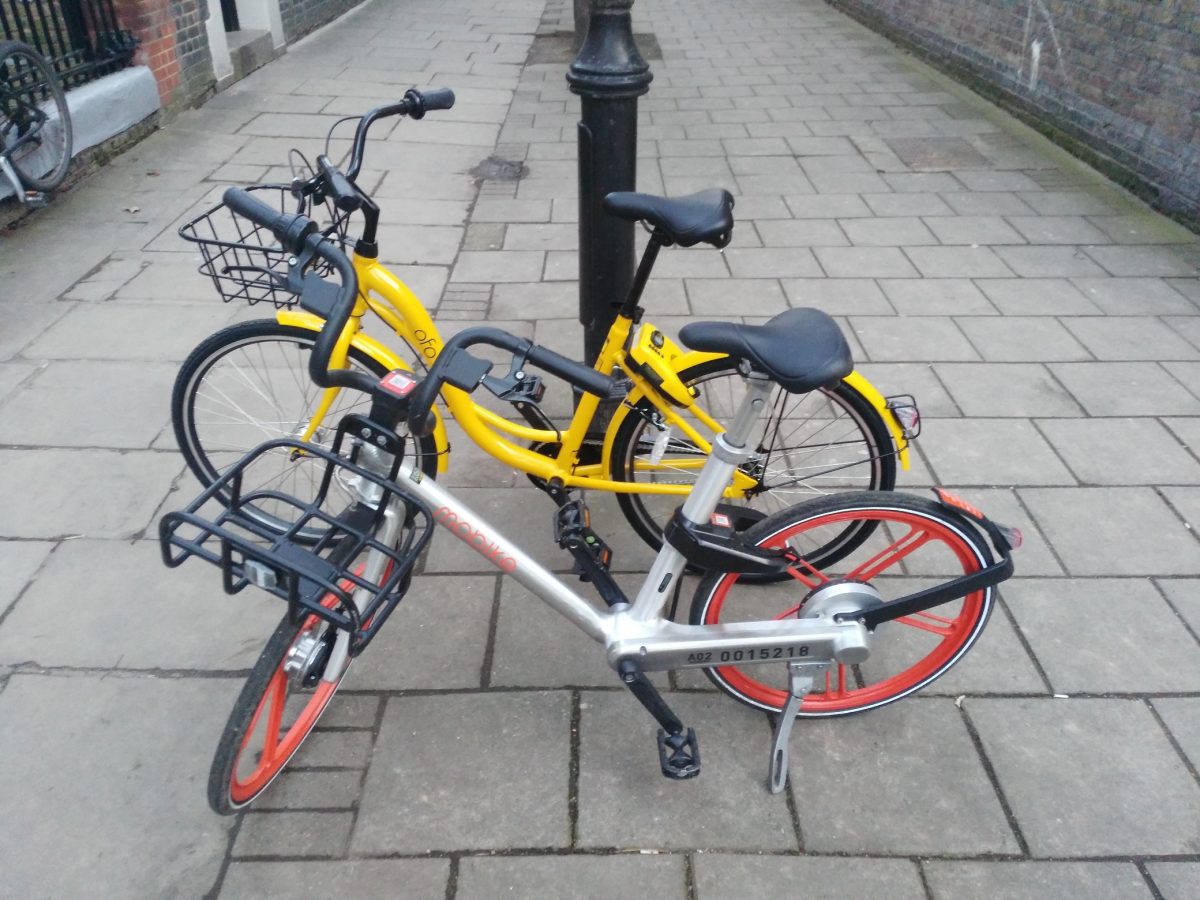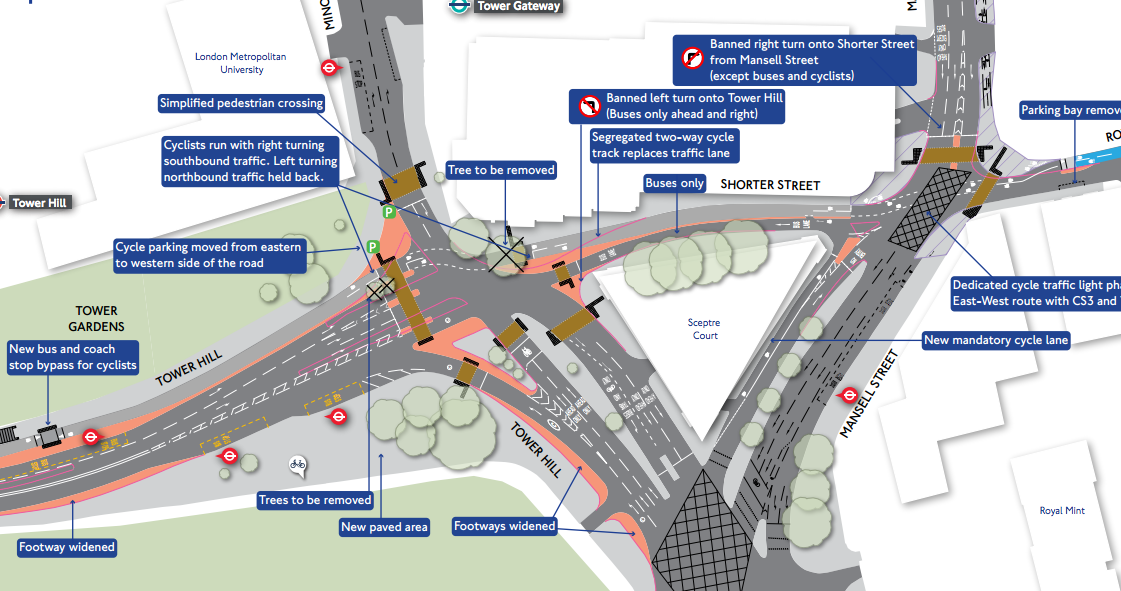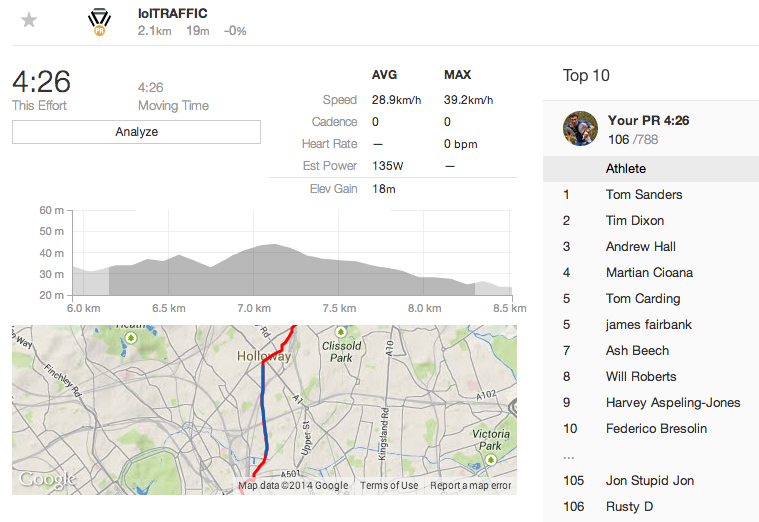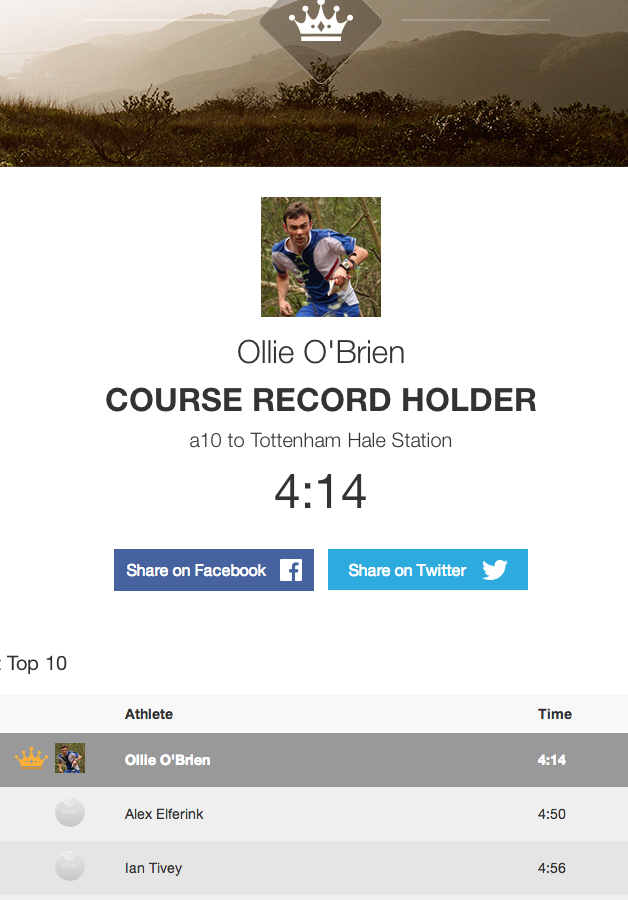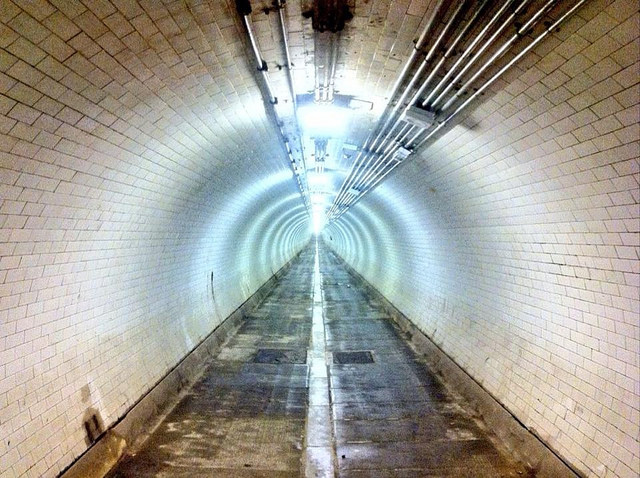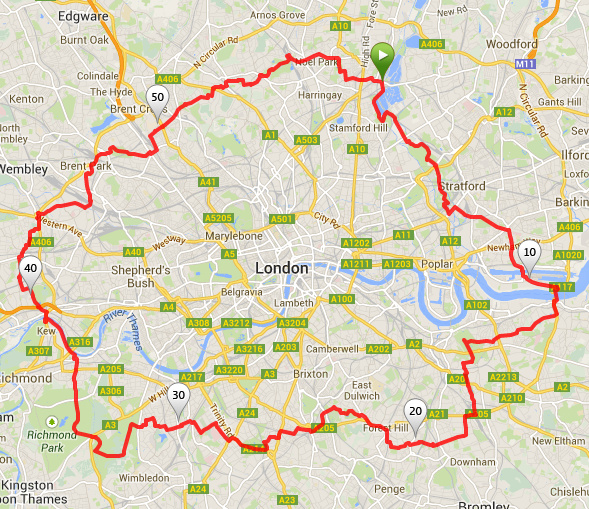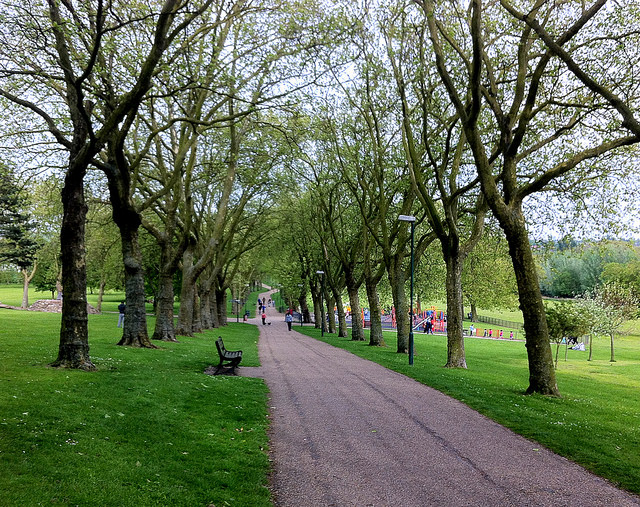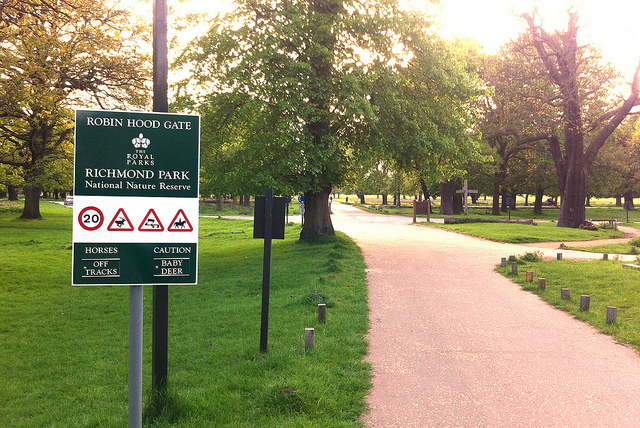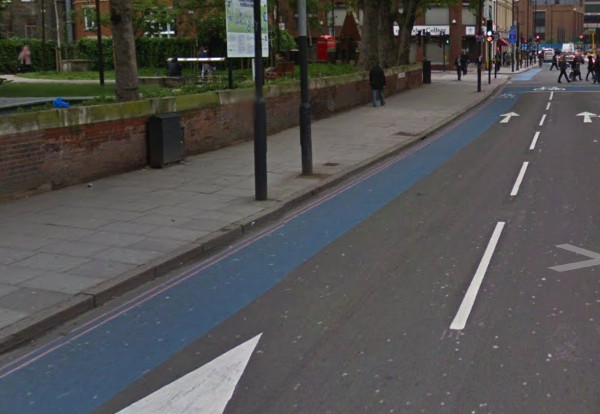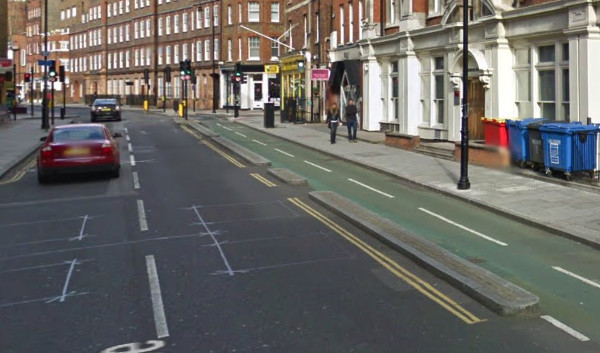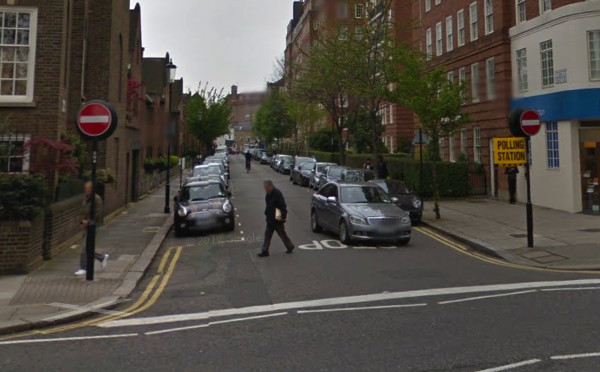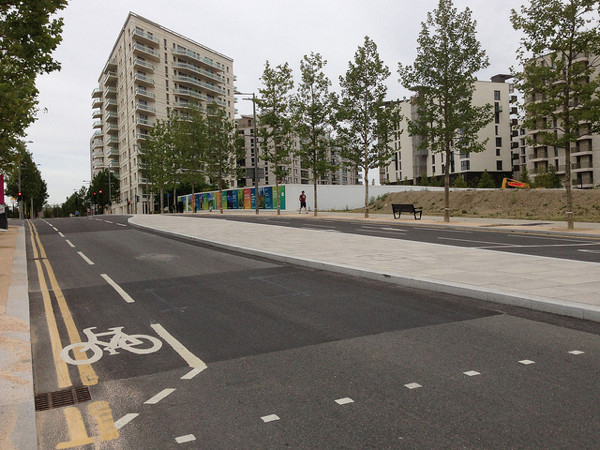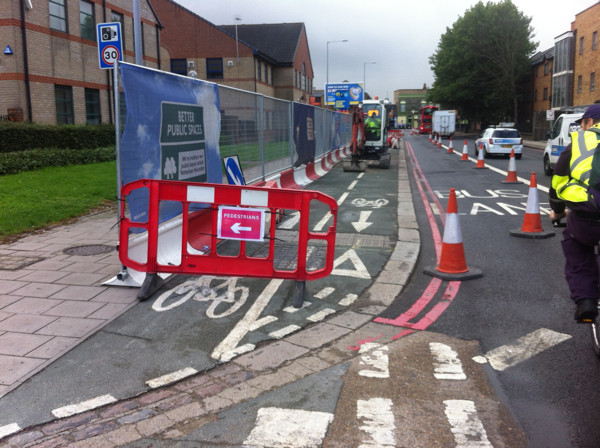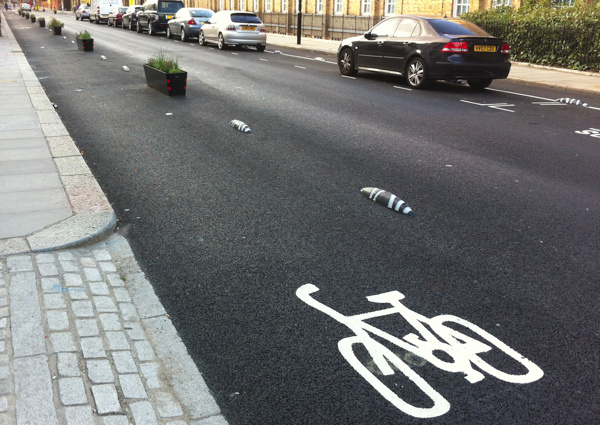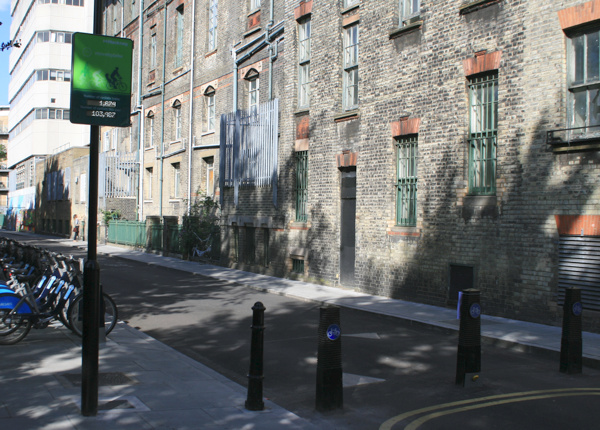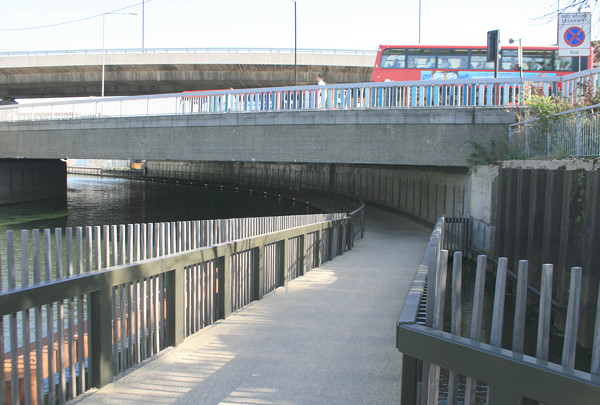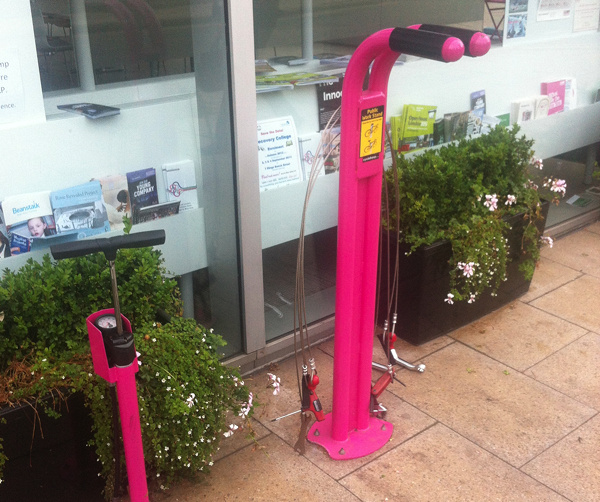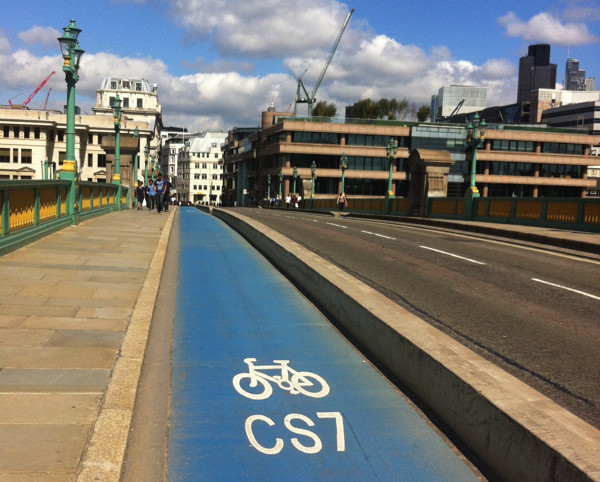Back in 2018, I did a London Borough Challenge – visit all 32 London Boroughs, plus the City of London, in as short a time as possible.
I made things hard for myself. I decided that my proof was taking a photograph, within each borough and of the name of the borough (e.g. street signs, salt-bins, libraries etc) – this involved some length treks around some boroughs to find such a name. I didn’t particularly plan the challenge, but just started near where I lived. I also did it at the weekend, where public transport options can be reduced, and started quite late in the day, with no food taken and only one drink bought.
I managed to visit all the boroughs in 9:25:23. My route was 121 miles, split roughly half in cycling and various train/tube legs. I quite like it, it looks reasonably efficient on the map (see blogpost above) although it did include an out-and-back leg out to Havering borough – I really should have started here (or in Bexley/Bromley).

Above: The Borough boundaries superimposed on an (old) tube/rail map of London created by Stefano Maggiolo.
I loved the idea of visiting places in London that I would never normally go to, and it included a brief sojourn into the north half of Hillingdon borough – far from (at the time) a part of London I had ever been too. I now live there.
Thanks to a mention of the challenge on the Diamond Geezer blog, and some other posts I was able to tease out a few more “times” for such a challenge:
- 10:39:50 – Richard, 27 January 2007 – Tube Challenge GWR rules, included a ~3 hour pause to watch a football game! Welling to London Bridge.
- 9:25:23 – My effort, 5 May 2018, bike + tube/train, photos of borough names – Meridian Water to Edgware.
- 8:16:27 (video) – FMP346, early July 2023 – Tube Challenge GWR rules – Oakleigh Park to Falconwood.
- 7:41:39 – JBom1, 20 August 2007, Tube Challenge GWR rules – Hadley Wood to Welling.
- 7:13:00 – Diamond Geezer, 11 October 2018, mainly trains/tubes and some walking, underground tube/train sections and non-stop visits were allowed – Romford to Abbey Wood.
- 6:29:19 – Phil Brown and Hassan on 25 June 2009, stopping at a station in every borough – “a sub-6 hour time is possible”, Tube Challenge GWR rules – Eastcote to Belvedere.
Three of the five are “Tube Challenge GWR rules” runs. This is an adaptation of the classic London Tube Challenge. Each “visit” must be an arrival and/or departure at a stop/station by public transport. Walking/running sections are OK to link between public transport, But don’t count themselves as a “visit”. Being underground and/or staying in station/train/bus for a visit is OK.
I’m not wedded to the idea of theses rules because it makes the challenge mainly about trains/tubes/buses, rather than boroughs. Nothing wrong with that, but I feel that walking/cycling into a borough is “visiting” it. Even driving would be OK, I think. This might well be the fastest way to visit all the boroughs, if you did it late at night. But certainly, during the day, I don’t think you could even drive to a different borough every 15 minutes or so.
There’s a few, similar kind of London-themed challenges, which I would like to do one day or have done – Coast to Coast, All the Docks, All the (Thames) Bridges, the London LOOP, the London LOOP by bike, All the Boundary Dragons (&c), Walking the Tube (or Running it)… I think this “completionism” desire stems from the Tube Challenge (popularised by the legend that is Geoff Marshall) and also from All the Munros which is is proving more and more tricky for me to do (but I will get them done some day!)
(There was also a recent, similar challenge on the Tom the Taxi Driver Youtube channel – it wasn’t a time-based challenge but it did include the basic premise of visiting a large number of boroughs sequentially. Here Tom attempted to visit all the “Knowledge” boroughs, in his taxi of course, passing just one set of junction-based traffic lights in each borough.)
Anyway I would like to try visiting all the London boroughs in a day again, this time simplifying the rules and also planning things in adcance. A GPS track with timings would be proof enough (for me) of each visit.
I think the combination of cycling and train is still the best way to go. I would even say you don’t need to “stop” in each borough (at a train/tube station or bus stop) but that you need to be on the ground (albeit in a vehicle) to record a visit.
It should take well under 9 hours to do. Although maybe not under 6 – that’s 1 borough every 11 minutes! The only question is what route to take?
Some optimisations could be focusing on borough tripoints – possibly starting/ending at one. These are locations where three boroughs come together. Sometimes, a fourth borough is also very near, or even a fifth (at Crystal Palace). They tend not to have great public transport connections, because boroughs tend to not be so focused on connectivity at their edges – they would no doubt rather people spend their money nicely inside the borough, well away from their rivals.
Some route miscellany:
- The Crystal Palace tripoint (Bromley, Lambeth and Croydon) at the A212/A214 road junction is only 100m from Southwark, and less than 1km along the same road to Lewisham. It’s 8 miles (45 minutes on a bike) from the New Eltham area which is the Greenwich/Bexley board. That’s the 7 boroughs of South-East London down in under an hour.
- A cycle around the edge of the City of London (both sides of the Thames) can similarly get 7 more boroughs (Lambeth, Southwark, Tower Hamlets, Hackney, Islington, Camden, Westminster) plus the City itself, in little more than half an hour.
- You can’t take your bike on deep-level sections of the tube at any time – or the tube/train at all during rush hour. You also can’t take your bike on buses. But I think despite these, bike+train is the right combination.
- Bikeshare is possible this time – there’s so many Lime e-bikes in London now – possibly 10,000. But they aren’t in all of (outer) London and there is still “faff” time of finding one at your start, starting your journey with the app, and making sure the journey finishes correctly.
- I think probably, the cycling to train/tube ratio will need to be higher this time.
All the Boroughs By Bus?
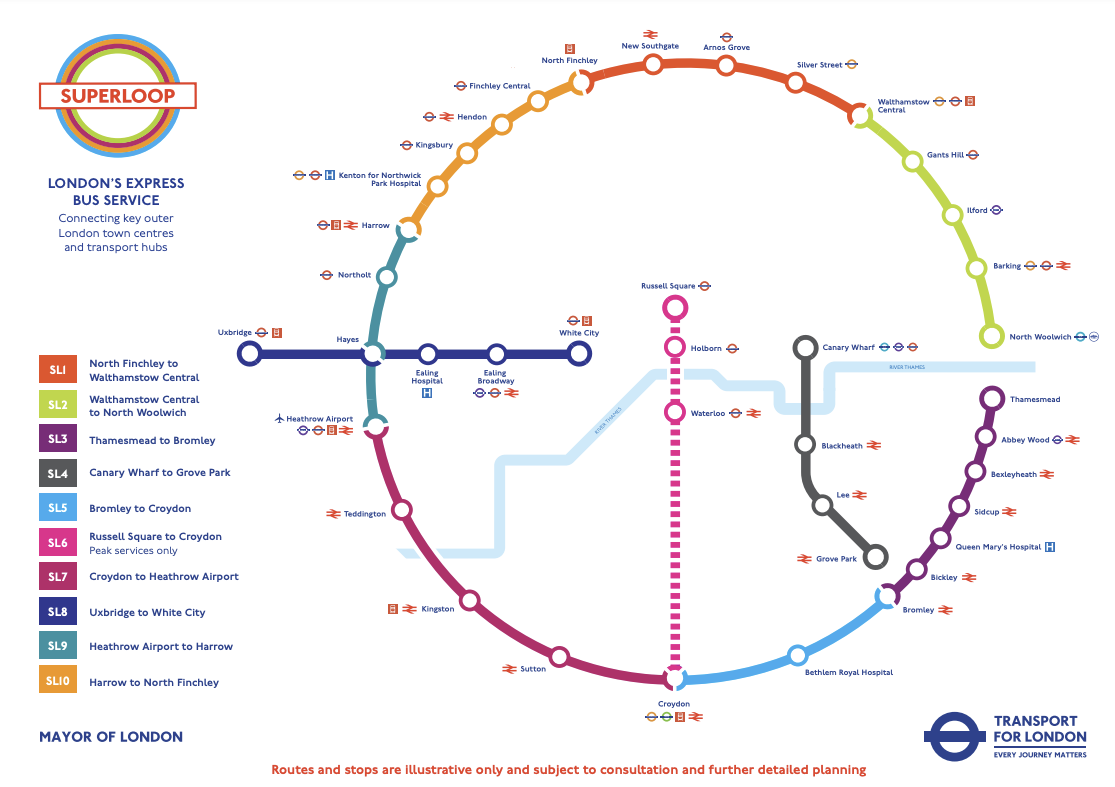
There is also the possibility of a “bus edition” of All the Boroughs. I did a desk-based calculation of a possible route which worked out at around 14 hours (!) but that was before the recent announcement, and ongoing introduction of, the Superloop. This is a near-orbital set of 8 limited-stop buses, circumnavigating outer London (plus 3 radial express routes). The orbital part of the Superloop should be fully launched later this Spring – by 2 March, is the plan – and then offer the ability to visit 18 of London’s boroughs by just staying on the orbital Superloop route itself. Add in the 7 boroughs surrounding the City of London, and City itself, which could potentially all be walked, and you are just left with an inner-West London trek from Merton through Wandsworth to Hammersmith & Fulham and Kensington & Chelsea. Then you just have Havering, Haringey and Greenwich to visit. Easy!?
Some more miscellany:
- There is also one especially useful regular bus as it passes through 8 boroughs – the 341. Its northern end is close to a likely stop on the Superloop on the North Circular. Its southern end is very close to the SL6 radial Superloop down to Croydon – however this only runs on weekday peaks.
- SL7 passes through Hounslow borough, but doesn’t stop in it. Does that count as a visit to Hounslow? (Probably yes. We are visiting boroughs not bus stops).
But London buses are often very, very slow. Is it possible to do it in a day (and ideally daylight)? Can I visit all the London Boroughs for £5.25?
Watch this space!
